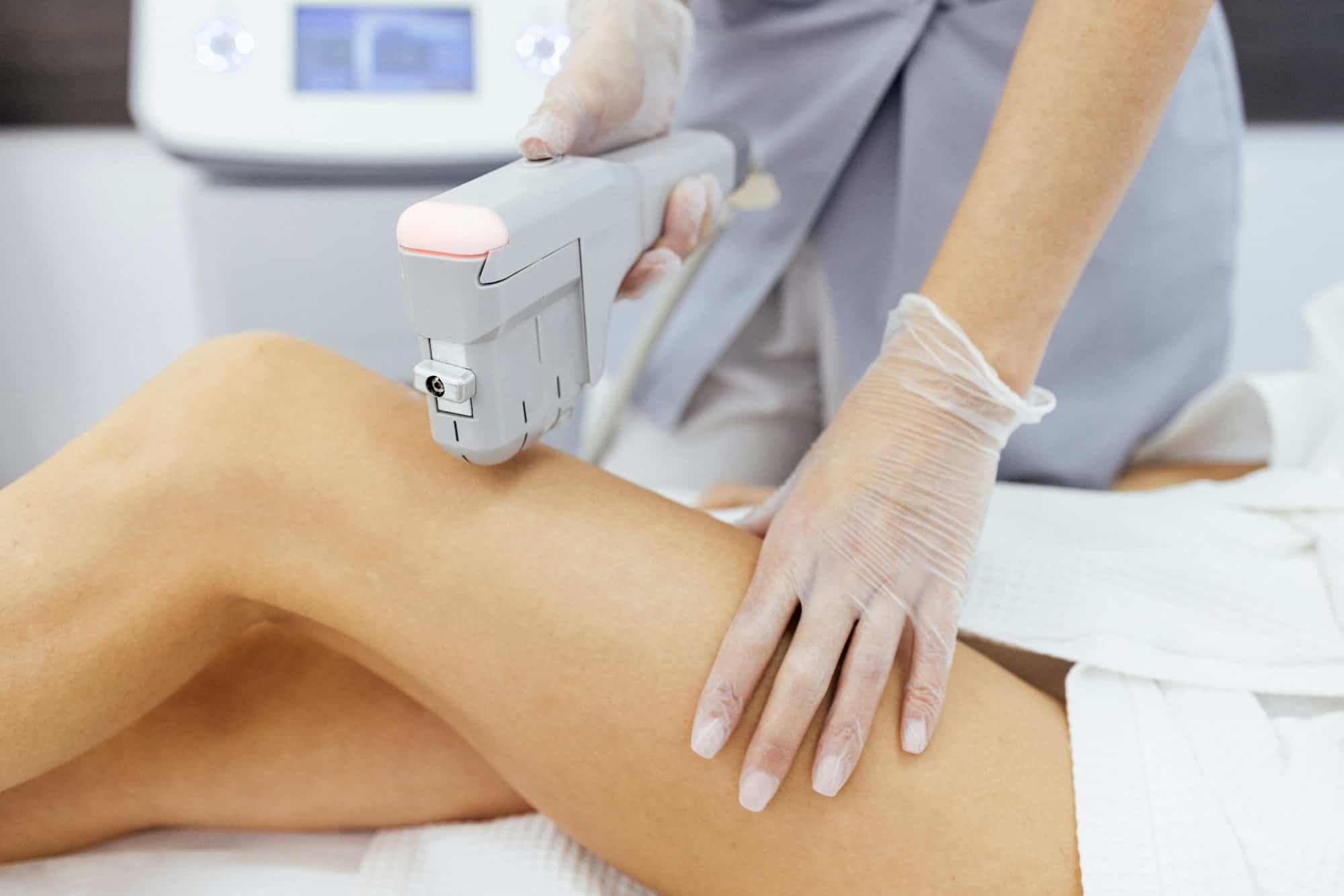What Are the Specific Benefits of High-Intensity Focused Ultrasound (HIFU) Therapy for Prostate Cancer?

Prostate cancer is a prevalent issue that affects countless men around the world. A myriad of therapies exist that aim to treat this cancer, one of which is high-intensity focused ultrasound (HIFU) therapy. This therapy has garnered significant attention in recent years due to its unique properties and potential benefits. In this article, we will be exploring the specifics of HIFU therapy, how it works, and why it has become an attractive treatment option for prostate cancer.
The Basics of High-Intensity Focused Ultrasound (HIFU) Therapy
HIFU therapy is a medical procedure that utilizes ultrasound waves to destroy cancerous tissue. It uses high-intensity sound waves that are focused on a specific area in the prostate gland. These sound waves generate heat, which in turn destroys the cancerous cells.
En parallèle : Can Structured Peer Mentoring in Schools Reduce Bullying Incidents?
One of the major advantages of HIFU therapy is that it is non-invasive. Unlike traditional prostate cancer treatments such as surgery, HIFU does not require any incisions. This non-invasive nature significantly reduces the risk of complications like infections and bleeding.
HIFU allows for a high degree of precision. The therapy can be adjusted to target only the cancerous cells, leaving the surrounding healthy tissue unharmed. This is particularly useful in preserving urinary and sexual function, which can often be compromised with other forms of treatment.
A lire également : How to Tailor Exercise Programs for Individuals with Hemophilia to Prevent Bleeding Episodes?
The Role of HIFU in Prostate Cancer Treatment
HIFU has been proven effective in treating localized prostate cancer. It is often used as a primary therapy for patients who do not wish to undergo surgery or those who are not ideal surgical candidates due to other health conditions.
HIFU therapy can also be used as a focal therapy, a newer approach that treats only the part of the prostate containing cancer. This approach is intended to reduce side effects and improve quality of life. Several studies available on PubMed and Google Scholar have shown promising results with focal HIFU therapy.
Moreover, HIFU is being explored as an option for patients with recurrent prostate cancer. Some patients who have already undergone surgery or radiation may experience a recurrence of their cancer. HIFU offers a potential treatment option for these patients, although additional research is needed to fully understand the benefits and limitations in this context.
The Patient Experience with HIFU Treatment
The patient experience with HIFU treatment is generally positive compared to more invasive treatments. The procedure is usually performed under spinal or general anesthesia. Patients typically go home the same day and can return to their normal activities within a week.
The side effects of HIFU are generally less severe than those associated with surgery or radiation therapy. Some patients may experience temporary urinary symptoms such as urgency or frequency, but these typically resolve within a few weeks.
Patients are closely monitored after the procedure with regular follow-ups. This includes periodic PSA (prostate-specific antigen) tests to monitor the success of the treatment.
It’s important to note that not all patients are suitable candidates for HIFU. Factors such as the size of the prostate, the extent of the cancer, and the patient’s overall health are all taken into account.
Relevant Scholarly Research on the Efficacy of HIFU Therapy
A significant amount of research has been conducted on HIFU therapy, with studies available on databases such as PubMed and Google Scholar. These studies highlight the efficacy and safety of HIFU therapy for prostate cancer.
For instance, a study published in the Journal of Urology found that HIFU therapy is an effective treatment option for localized prostate cancer, with low rates of urinary and erectile side effects.
Another study published in the Prostate Cancer and Prostatic Diseases journal concluded that HIFU therapy provides comparable oncologic outcomes to traditional treatments, with fewer side effects.
The research into HIFU therapy continues, and it is becoming an increasingly accepted form of treatment in urology. It offers a promising alternative to traditional treatments, particularly for patients seeking a non-invasive, low-risk option.
Potential Challenges and Future Prospects of HIFU Therapy
While HIFU therapy has many benefits, it is not without its challenges. One of the major challenges is the need for accurate imaging. The success of the treatment hinges on the ability to precisely target the cancerous tissue. Improvements in imaging technology will undoubtedly enhance the effectiveness of HIFU therapy.
Additionally, long-term data on the efficacy of HIFU therapy is still being gathered. While short-term results are promising, more research is needed to fully understand the long-term outcomes of this treatment.
HIFU therapy is a rapidly evolving field. As technology advances and our understanding of prostate cancer improves, it’s likely that we will see continued growth and refinement in the use of HIFU therapy as a viable treatment option.
Advancements in HIFU Technology and its Impact on Prostate Cancer Treatment
With the rise of technology, the field of medical science is witnessing considerable advancements, particularly in the treatment of prostate cancer. High Intensity Focused Ultrasound (HIFU), a non-invasive therapeutic technique, has been making waves in the field of urology. The application of HIFU for prostate cancer treatment has shown remarkable improvements over the years, thanks to innovations in technology.
Initially, one of the critical challenges posed by HIFU was the need for precise imaging. The effectiveness of the treatment primarily rests on the capability to target the cancerous tissue accurately. As such, advancements in imaging technology have undoubtedly played a crucial role in enhancing the effectiveness of HIFU treatment. One such advancement is the integration of magnetic resonance imaging (MRI) with HIFU, which allows physicians to accurately visualize, plan, and monitor treatment in real time.
At the same time, technology has also contributed to the development of devices designed to deliver HIFU treatment more efficiently and safely. For instance, newer machines have the ability to adjust the intensity of the sound waves based on the size and location of the tumor, providing a more personalized treatment.
The advent of HIFU focal therapy also signifies the progression in HIFU technology. Focal therapy treats only the part of the prostate containing cancer, reducing side effects and improving the quality of life.
However, it’s worth noting that while the improvements in HIFU technology have led to promising short-term results, long-term data on the efficacy of HIFU therapy is still being gathered. Therefore, it’s crucial to continue investing in research and technology to better understand the long-term effects of this treatment.
Conclusion: HIFU as a Promising Tool in the Fight Against Prostate Cancer
To summarize, high-intensity focused ultrasound (HIFU) therapy has emerged as a promising treatment option for prostate cancer. By harnessing the power of sound waves, HIFU offers a non-invasive, yet highly effective treatment modality aimed at eradicating cancerous cells in the prostate.
The non-invasive nature of HIFU reduces the risk of complications such as infections and bleeding, which are common with traditional treatments like surgery. Furthermore, the precision offered by HIFU allows physicians to target only the cancerous cells, thereby preserving the patient’s urinary and sexual functions.
The growing body of scholarly research available on databases such as PubMed and Google Scholar confirm the efficacy and safety of HIFU therapy. It offers comparable oncologic outcomes to traditional treatments with fewer side effects.
While the technology behind HIFU therapy continues to evolve, it’s clear that the treatment is making a considerable impact on the field of prostate cancer treatment. As we gather more data and refine the technology, it’s likely that HIFU will continue to play an even more prominent role in the fight against prostate cancer.
Despite the challenges, the future of HIFU therapy for prostate cancer looks promising. With continual advancements in technology and an expanding understanding of prostate cancer, HIFU therapy is set to become a mainstay in the arsenal of treatments available for this widespread disease.
